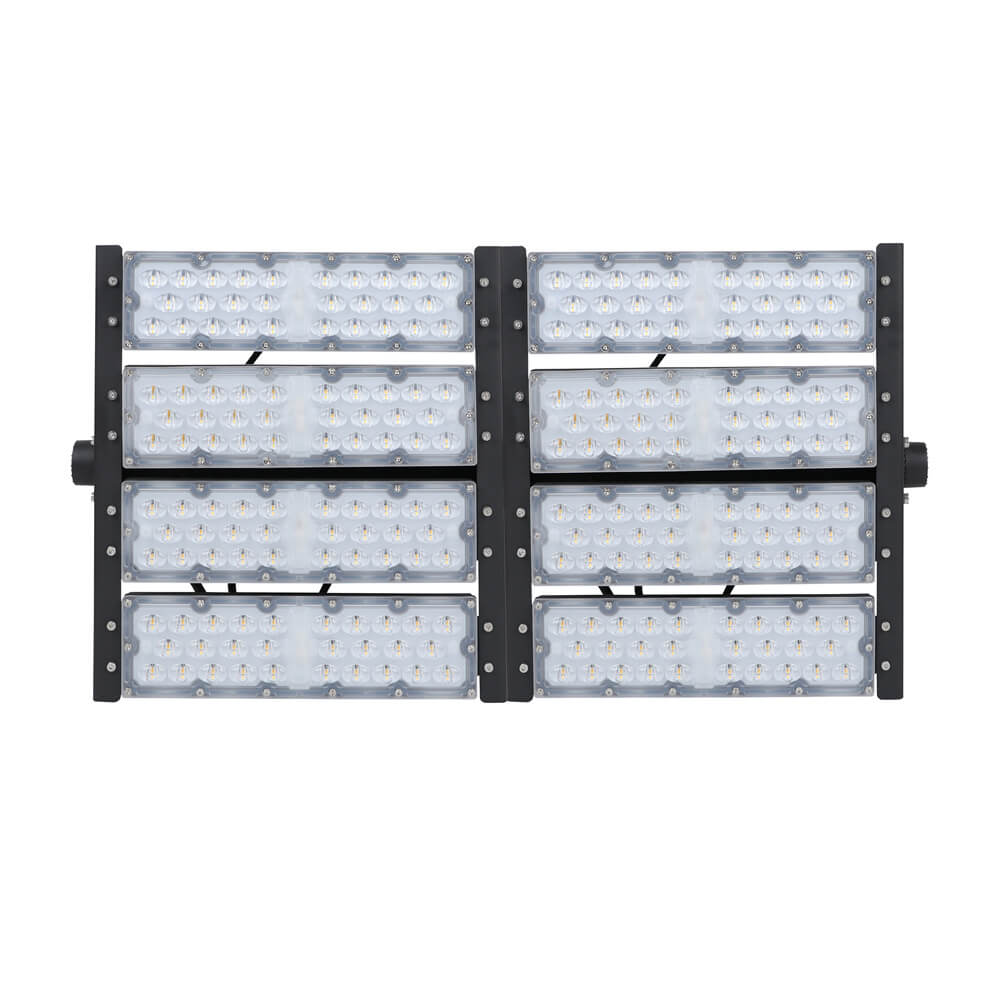What Are the Key Benefits of Using LED Grow Lights for Indoor Gardenin...
28-04-2025Ningbo sunle Lighting Electric Co.,Ltd
LED plant lights play a crucial role in facilitating ph […]
LED plant lights play a crucial role in facilitating photosynthesis, the process by which plants convert light energy into chemical energy to support their growth and development. Here's how LED plant lights perform photosynthesis and utilize different light spectrums:
1.Light Spectrum: LED plant lights are designed to emit specific wavelengths of light that are essential for plant growth. They can produce a customized spectrum by combining different colors, including red, blue, green, and sometimes white. Each color has a different effect on plants and contributes to specific stages of photosynthesis.
2.Chlorophyll Absorption: Chlorophyll, the primary pigment responsible for capturing light energy during photosynthesis, has different absorption peaks for specific light wavelengths. LED plant lights are engineered to emit wavelengths that correspond to these absorption peaks, ensuring maximum absorption and utilization of light energy by the plants.
3.Red Light: Red light, typically in the range of 620-700 nm, is crucial for the photosynthetic process. It promotes flowering, fruiting, and overall plant growth. Red light is primarily absorbed by chlorophyll, stimulating photosynthesis and enhancing plant metabolism.
4.Blue Light: Blue light, around 400-500 nm, is essential for chlorophyll synthesis and vegetative growth. It plays a vital role in promoting strong stems, compact foliage, and leaf development. Blue light is absorbed by chlorophyll and triggers phototropism, influencing the direction of plant growth.
5.Other Spectrums: In addition to red and blue light, LED plant lights may also incorporate other spectrums like green and white light. Green light is less absorbed by chlorophyll but can penetrate deeper into the plant canopy, reaching lower leaves and promoting overall plant health. White light provides a balanced spectrum that mimics natural sunlight and is often used in combination with other colors to provide a fuller spectrum for more comprehensive plant growth.
6.Light Intensity and Duration: LED plant lights allow for precise control of light intensity and duration, providing plants with optimal conditions for photosynthesis. Different plants have varying light intensity requirements, and LED plant lights can be adjusted accordingly to provide the ideal amount of light for each stage of growth.
7.Energy Efficiency: LED plant lights are highly energy-efficient compared to traditional lighting sources. They produce less heat and convert a higher percentage of energy into usable light for plants. This efficiency reduces energy costs and allows for extended periods of operation without compromising plant health.

Customized Waterproof CE RoHS 650mA LED Grow Lights
LED Chip: 3W Epistar/Bridgelux/San LED chips
Cooling system: Fans
Housing: Iron/Ferruginous
Emitting Color: Red /Blue or Customized
Lifespan: 50,000 hours
Operating Temperature Range: -20~40℃
Beam Angle: 120°
Input Voltage: AC 85-265V
Working Current: 650mA
Work Frequency: 50/60 Hz
Warranty: 3 Years
Certification: CE RoHS
Wave Length: Red: 620-630nm;
Blue: 450-460nm or customized
Plug: Customized